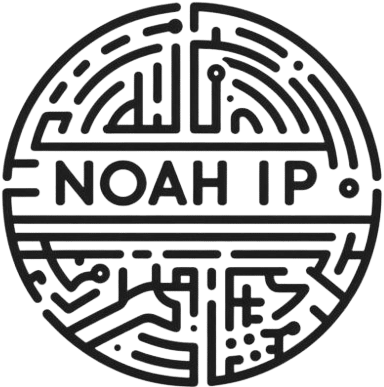In today’s innovation economy, patents serve as critical assets that not only protect breakthrough ideas but also lay the foundation for long-term competitive edge. They are far more than mere legal documents; patents empower companies to secure market exclusivity, drive technological progress, and add tangible value to their company.
Securing and maintaining a patent requires thoughtful financial planning and a significant investment. The process begins with substantial upfront costs (including filing fees and expert legal counsel), designed to ensure that the innovation is robustly protected, followed by ongoing expenses such as maintenance fees and costs associated with enforcing patent rights. While these expenditures can be considerable, they are essential investments that help secure future revenue opportunities.
Transforming a patented innovation into a market-ready product or service presents a direct pathway to significant revenue generation. This approach involves aligning the innovation with market needs through detailed product development and strategic marketing. By transitioning from a protected concept to a tangible offering, companies can recoup their investments and build a sustainable revenue stream that reinforces their overall value.
Alternatively, licensing your patent provides a powerful strategy to generate income while mitigating the risks and costs of product commercialization. Through well-structured licensing agreements, companies can permit third parties to utilize their patented technology, earning royalty income in the process. This model not only expands the reach of the innovation into new markets but also leverages the expertise and distribution capabilities of established partners, thereby enhancing overall profitability.
Ultimately, the goal is to profit from patent-protected inventions—otherwise, the organization essentially operates like a non-profit, lacking the financial returns essential for growth and reinvestment.
I urge all innovators to review their current strategies on monetizing IP assets and to explore both product commercialization and licensing opportunities. By optimizing your approach to patent monetization, you can ensure that your valuable innovations contribute directly to your bottom line and long-term success. Your past, current and future investors will thank you too.
Conclusion: why patent monetization is essential to real ROI
- Patents aren’t just legal protections—they’re strategic business tools that can drive long-term value.
- Product commercialization turns protected ideas into recurring revenue.
- Licensing enables income without the overhead of full-scale market execution.
- If you don’t monetize your IP, you’re essentially running a non-profit.






